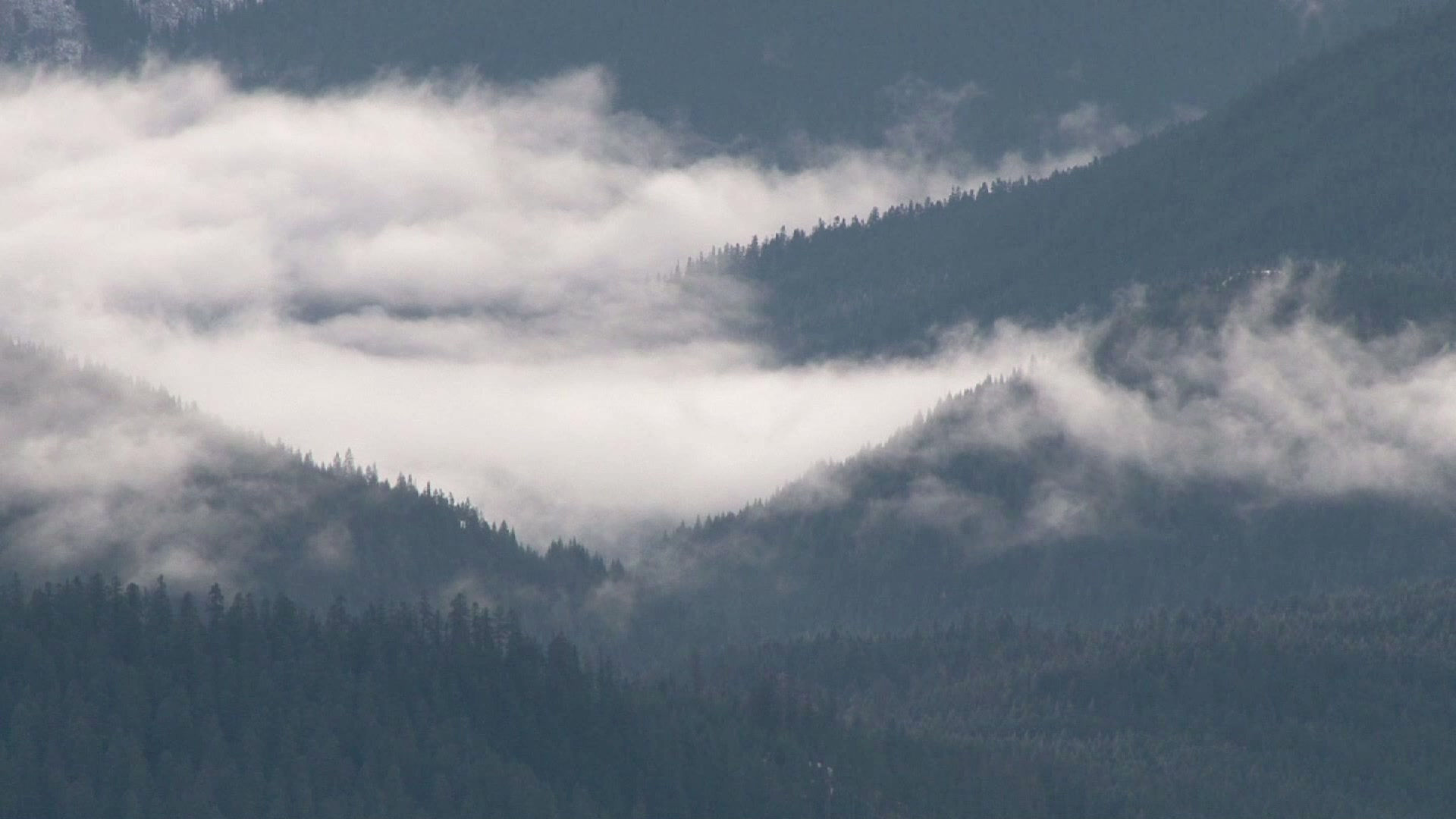





Quito, the capital of Ecuador, was founded in the 16th century on the ruins of an Inca city and stands at an altitude of 2,850 m. Despite the 1917 earthquake, the city has the best-preserved, least altered historic centre in Latin America. The monasteries of San Francisco and Santo Domingo, and the Church and Jesuit College of La Compañía, with their rich interiors, are pure examples of the 'Baroque school of Quito', which is a fusion of Spanish, Italian, Moorish, Flemish and indigenous art.
Quito is spread along the slopes of the Pichincha Volcano and is bordered by the hills of Panecillo and Ichimbia. Founded by the Spanish in 1534, on the ruins of an Inca city.
Exploring the streets of Quito's Old Town you can find various types of architecture that distinguishes Quito from all other cities and be amaze of the ornate churches throughout the city. You can feel the atmosphere of a local fresh produce market and sample flavors of Ecuador.
Quito as a jewel has more than 40 museums into Quito Historic center, we recommend to visit the Banco Central museum,This museum owns the most impressive collection of ceremonial masks made of gold. In the Archaeology Room you can find artifacts from the pre-ceramic period (15,000 BC) to the Inca era (1,533 DC), that will show you the way Ecuadorian first inhabitants worked with the gold (even with a few experts establishing similarities between these objects andobjects found in Asia).
After a full day of volunteering you can head downtown, enjoy some local jazz or blues bands playing at the popular Pobre Diablo bar while tasting some local Ecuadorian cuisine.
To discover the local art scene we recommend you to go to the National Sucre Theater in the Colonial Center. The building itself is absolutely marvelous and often has operas and concerts. This is another great way to embrace and learn about Ecuadorian Culture.


 |  |  |
|---|---|---|
 |  |  |

